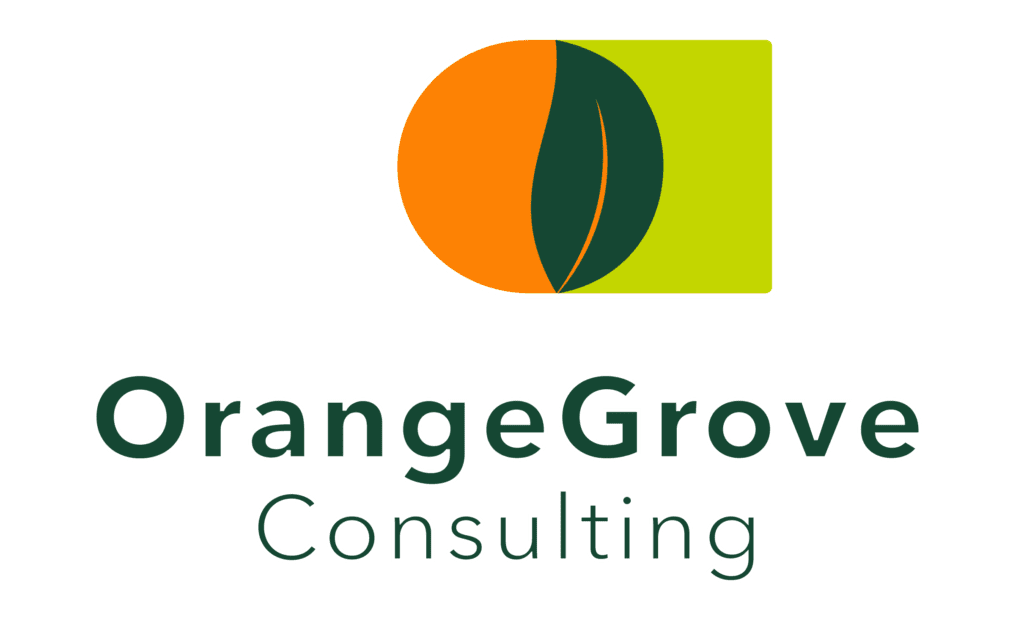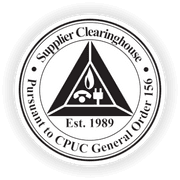Change is constant. But success? That’s optional.
Despite the best intentions, research shows that nearly 70% of organizational change efforts fail to deliver their intended outcomes. Not because change itself is flawed – but because organizations jump to implementation before doing the hard work of alignment, strategy, and engagement.
At Orange Grove Consulting, we view change management not as an afterthought, but as a strategic discipline. One that requires clarity, process, and the willingness to do more than just bolt new tools onto old habits.
Start with Strategic Clarity
In periods of uncertainty, the most important thing leaders can offer is direction. That starts with defining the why behind the change. What strategic goals are you working toward – and why now?
Without a clear north star, change efforts often create anxiety, confusion, and inefficiency. Whether you’re restructuring, adopting new technology, or shifting service models, your teams need to understand what the change is solving for – and how it fits into the broader business strategy.
Follow a Structured Framework
We often use Kotter’s 8-step framework because it’s intuitive and actionable. It reminds leaders that successful change isn’t a one-time announcement – it’s a series of intentional, well-sequenced steps:
- Create urgency – Articulate why the change matters now
- Build a guiding coalition – Identify the right champions
- Form a strategic vision – Clarify what’s changing
- Enlist a volunteer army – Engage broader support
- Remove barriers – Address resistance and capability gaps
- Generate short-term wins – Pilot, learn, and adjust
- Sustain acceleration – Keep momentum going
- Institute the change – Embed it into systems, habits, and culture
Using a proven framework helps organizations shift from reactive efforts to scalable transformation.
Address the Right Dimensions of Change
Too often, change efforts focus narrowly on communication or technology rollout – but real transformation requires deeper alignment. At Orange Grove Consulting, we use a proprietary framework to assess and address the key dimensions that influence whether change takes hold or falls flat.
This model, developed through decades of client work, ensures that we look holistically at the systems, behaviors, and culture that drive successful outcomes. From skill gaps to leadership signals, we help organizations identify what needs to evolve – and how to build the support structures that sustain change over time.
Our approach goes beyond templates and toolkits. It’s a flexible structure that adapts to your context, while providing the strategic rigor change demands.
Expect Resistance – and Design for It
Resistance to change isn’t a sign of failure – it’s a natural response. That’s why we build change capability directly into our leadership development programs, as research shows leaders are key to the success of change management initiatives. Through simulations, case studies, and strategic planning exercises, we help leaders anticipate friction points, build buy-in early, and bring stakeholders along as co-designers of the solution.
When change is approached with empathy, structure, and transparency, resistance becomes manageable – not insurmountable.
Putting It All Together
Leading change effectively isn’t about charisma or communication alone – it’s about structure, strategy, and thoughtful design.
Start by clearly defining the why behind the change. Create alignment across leadership and communicate a vision that gives employees both clarity and purpose. Use a structured framework – like Kotter’s 8 steps – to guide your rollout, making sure each stage builds buy-in rather than just ticking boxes.
And don’t stop at surface-level implementation. The organizations that succeed are the ones that look deeper – at behaviors, systems, and signals that either support or sabotage the change. That’s where a structured yet adaptable methodology, like the proprietary one we use at Orange Grove Consulting, makes all the difference.
Most importantly, recognize that resistance is normal. But with the right preparation, that resistance can become a valuable source of insight – helping you fine-tune your approach and increase adoption across the organization.
Whether you’re preparing for a new initiative or recalibrating a change effort already underway, the difference between disruption and progress often comes down to how intentionally you lead.
Let’s talk about how to make your next change effort the one that beats the odds.
Contact Us





